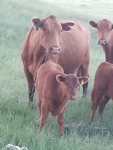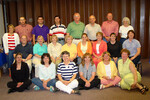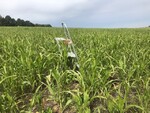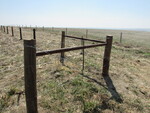Posted date: Mar 26, 2016
Edited
by: Jason Padgett
1983 Views
http://www.simplyrecipes.com/recipes/apple_butter
My only note on this recipe is a mistake I made. I was using more than the recommended amount of apples, and the 1/2 teaspoon of allspice, and 1/2 teaspoon of cloves didn't sound like very much, so I doubled the amounts on those 2 spices, which I think was too much. It is still delicious, but I would like the clove and allspice turned down a bit.
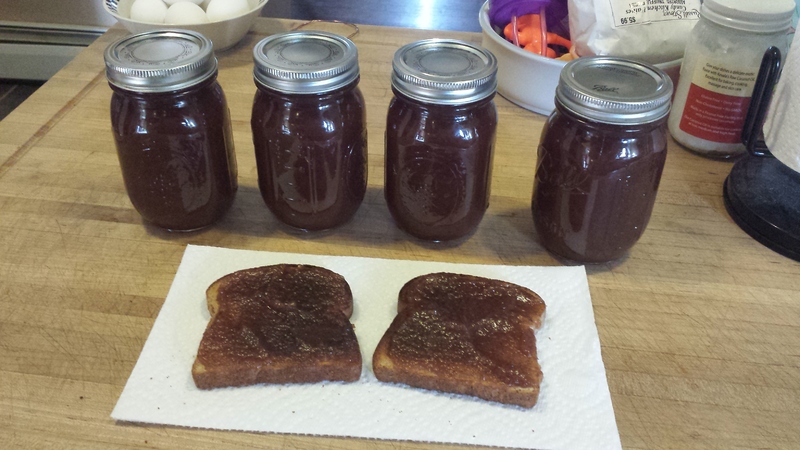
Also, I didn't have a sieve or foodmill, so I pushed the apple mush though a strainer with a wooden spoon, which worked well, but took a while.
***
Homemade apple butter recipe, complete with step-by step instructions. Apple butter spiced with cinnamon, cloves, allspice, and lemon. Great on toast!
Prep time: 20 minutes
Cook time: 2 hours
Yield: Makes a little more than 3 pint jars.
Ingredients
4 lbs of good cooking apples (we use Granny Smith or Gravenstein)
1 cup apple cider vinegar
2 cups water
Sugar (about 4 cups, see cooking instructions)
Salt
2 teaspoons cinnamon
1/2 teaspoon ground cloves
1/2 teaspoon allspice
Grated rind and juice of 1 lemon
Equipment Needed
1 wide 8-quart pan (Stainless steel or copper with stainless steel lining)
A food mill or a chinois sieve
A large (8 cup) measuring cup pourer
6-8 8-ounce canning jars
Method
Preparing the Fruit
1. Cut the apples into quarters, without peeling or coring them (much of the pectin is in the cores and flavor in the peels), cut out damaged parts.
First Stage of Cooking
2. Put them into large pot, add the vinegar and water, cover, bring to a boil, reduce heat to simmer, cook until apples are soft, about 20 minutes. Remove from heat.
Measure out the purée and add the sugar and spices
3. Ladle apple mixture into a chinois sieve (or foodmill) and using a pestle force pulp from the chinois into a large bowl below. Measure resulting puree. Add 1/2 cup of sugar for each cup of apple pulp. Stir to dissolve sugar. Add a dash of salt, and the cinnamon, ground cloves, allspice, lemon rind and juice. Taste and adjust seasonings if necessary.
Second Stage of Cooking
4. Cook uncovered in a large, wide, thick-bottomed pot on medium low heat, stirring constantly to prevent burning. Scrape the bottom of the pot while you stir to make sure a crust is not forming at the bottom. Cook until thick and smooth (about 1 to 2 hours). A small bit spooned onto a chilled (in the freezer) plate will be thick, not runny. You can also cook the purée on low heat, stirring only occasionally, but this will take much longer as stirring encourages evaporation. (Note the wider the pan the better, as there is more surface for evaporation.)
Canning
5. There are several ways to sterilize your jars for canning. You can run them through a short cycle on your dishwasher. You can place them in a large pot (12 quart) of water on top of a steaming rack (so they don't touch the bottom of the pan), and bring the water to a boil for 10 minutes. Or you can rinse out the jars, dry them, and place them, without lids, in a 200°F oven for 10 minutes.
6. Pour into hot, sterilized jars and seal. If you plan to store the apple butter un-refrigerated, make sure to follow proper canning procedures. Before applying the lids, sterilize the lids by placing them in a bowl and pouring boiling water over them. Wipe the rims of the jars clean before applying the lids. I use a hot water bath for 10 minutes to ensure a good seal.
As an alternative to stove cooking the puree you can cook uncovered in a microwave, on medium heat to simmer, for around 30 minutes.



